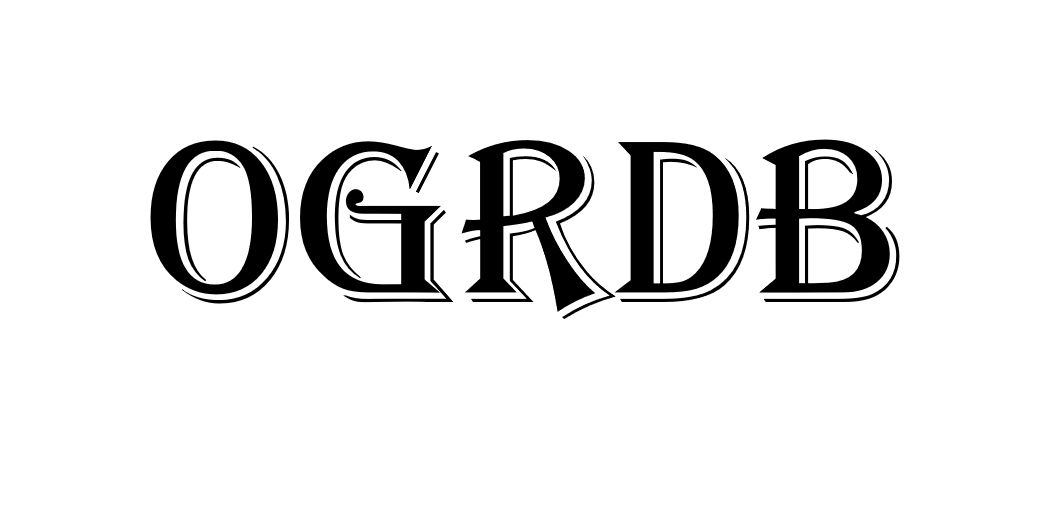Details
| Species | Homo sapiens |
| Species subgroup | |
| Subgroup type | none |
| Sequence Name | IGHV4-4*i03 |
| IUIS Name | IGHV4-4*10 |
| Alternative names | |
| Affirmation Level | 1 |
| Full Sequence | |
| Coding Sequence | |
| Functionality | F |
| Inference Type | Rearranged Only |
| Mapped | |
| Paralogs | |
| Paralog Rep |
Un-rearranged Observations
Un-rearranged sequence observations that support this sequence:
Observations in AIRR-seq Repertoires
Click here to review supporting data in VDJbase.
Clicking the link will take you to VDJbase. Open in a new tab if you want to keep this page open. In VDJbase, click on the count in the Apperances column to see a list of samples in which the sequence was found.
CDR delineation
| CDR1 Start | 76 |
| CDR1 End | 102 |
| CDR2 Start | 154 |
| CDR2 End | 174 |
| CDR3 Start | 289 |
Additional Information
| Sequence ID | A00072 |
| Curator | Mats Ohlin |
| Curator address | Dept. of Immunotechnology, Lund University, Medicon Village building 406, S-22381 Lund, Sweden |
| Version | 1 |
| Release Date | 2021-11-01 |
| Release Notes | Submission published by IARC on November 1st, 2021 |
| Locus | IGH |
| Sequence Type | V |
| Gene Subgroup | 4 |
| Gene Designation | 4 |
| Allele Designation | i03 |
| Gene start | 1 |
| Gene end | 295 |
Notes
Notes are added by IARC reviewers.
| IARC meeting 63, Nov 24th, 2020: IARC meeting 84; Oct 25th, 2021: >IGHV4-4*i03 |
Attachments
History
History logs the times and reasons for the publication of each version of this sequence.
| Mats Ohlin 2021-11-01 22:51:02 | Version 1 published Submission published by IARC on November 1st, 2021 |
| Mats Ohlin 2021-11-17 15:25:59 | IMGT Name updated to IGHV4-4*10 IMGT Name updated. |
Versions
All published versions of this sequence.
| Sequence Name | IMGT Name | Version | Date |
|---|---|---|---|
| IGHV4-4*i03 | IGHV4-4*10 | 1 | 2021-11-01 |
| IGHV4-4*10 | IGHV4-4*10 | 3 | 2023-07-24 |
| IGHV4-4*10 | IGHV4-4*10 | 4 | 2023-08-16 |

